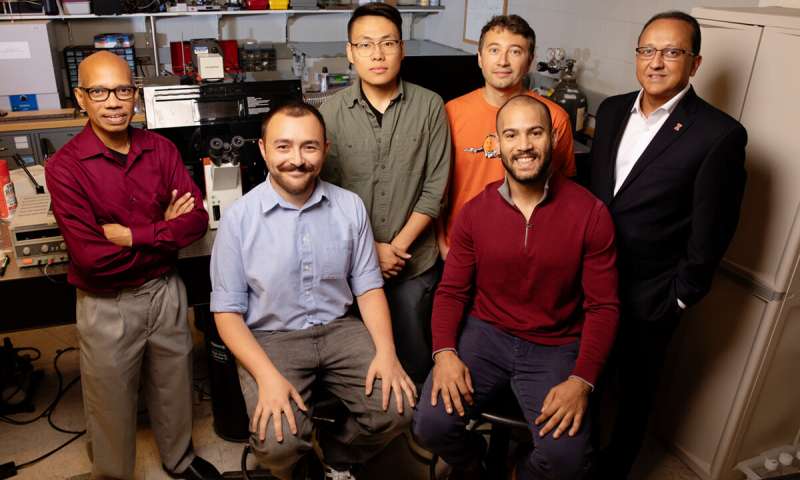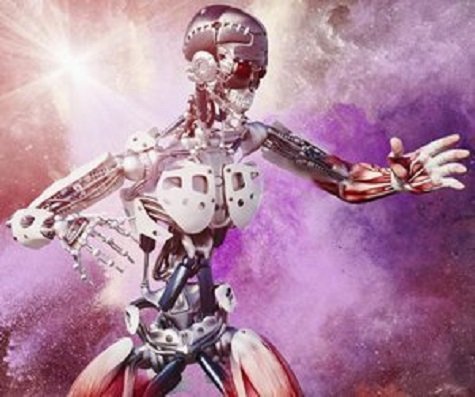The world of science never ceases to astonish the world.
In recent years, scientists at the University of Illinois have manufactured a new generation of two-tailed soft robotic devices motorized by neuromuscular tissue stimulated by onboard motor neurons that activate when stimulated by light. It made mechanical engineering research one step closer to developing autonomous biobots in the future.
The research of the combination of muscle cells with soft robotics has led to the improvement of biohybrid machines, which are capable of unchained locomotion.
In a report published by Taher Saif and the National Academy of Sciences, the researchers demonstrated a new generation of two-tailed bots motorized by skeletal muscle tissue produced by onboard motor neurons. Saif mentioned that the generation of singled tailed bots operated by using Cardiac tissue thumps on its own, but could not sense the environment or make any choices due to lack of self-thinking.
In 2014, bioengineering instructor Saif and Rash d Bashir at the Academy of Illinois, as well as the research team led by U.I mechanical science students, functioned together to manufacture the first self-boosted biohybrid swimming and walking biobots motorized by beating cardiac muscle cells derived from rats. The first study about the bots was studied when the bots modeled after sperm cells could swim in the water, making it capable of research in future Purposes.

Taher Saif with the team of University of Illinois researchers (© techxplore.com)
The neurons have optogenetic properties derived from mouse stem cells when uncovered to light; it will fire to trigger the muscles. The neurons advanced towards the muscle generating neuromuscular junctions, which enables the swimmer bot to make the arrangements on its own.
After studying the experiments, the neuromuscular tissue was found compatible with their synthetic biobots skeletons, which would improve the swimmer bots’ abilities to work with better capacity.
We used computational models to determine which physical attributes would lead to the fastest and most efficient swimming," Saif said. "Given our understanding of neural control in animals, it may be possible to move forward with biohybrid neuromuscular design by using a hierarchical organization of neural networks.
Saif further stated the ability to initiate muscle activity with neurons overlay the way for further integration of neural units within biohybrid systems. Using a hierarchical organization of neural networks, it may be possible to move forward with the experiments by using bio hybrids neuromuscular designs by understanding the concept of neural control in animals.
Saif and his team foresee this improvement leading to the progress of multicellular engineered living systems with the capacity to respond intelligently to environmental indications that helps to advance the applications in bioengineering, medicine, and self-healing materials technologies which would prove beneficial in the future.
As per the Bioengineering Instructor, like twins cannot be identical, two machines designed the same cannot perform the same functions, which will not provide the same results but yield different kinds of outcomes, which makes the machines have a unique attribute for themselves.
Mattia Gazzola, a mechanical science and engineering professor, further stated that the information produced by the Biological Actuators or biobots is not as capable as other technologies making them unable to yield great results on the field. This makes the activities of the biobots hard to operate. It was very important to carefully design the framework of the biobots to make them raise and cooperate with the environment to make the results produced by them more efficient and capable of achieving locomotive functions. The team came up with several possible designs using computer simulations, which have a critical role in making the most promising results in real life.
The team also deduces that, like any living organisms present, two bio hybrids machines cannot be developed to be precisely the same but with different capabilities and results produced.
The study of the Biobots, which are motivated by muscles and nerves, has been published on the National Academy of Sciences. The National foundation of science and technology center, which also included Emergent Behavior for Integrated Cellular Systems and NSF’s Emergent Frontiers in Research and Innovation, reinforced the research for the newly developed biohybrid robots driven by muscles and nerves.
Back in 2016, researchers demonstrated the biohybrid creations, where a group at Harvard made a biologically inspired manta ray-shaped robot swim genetically modifying heart cells.

